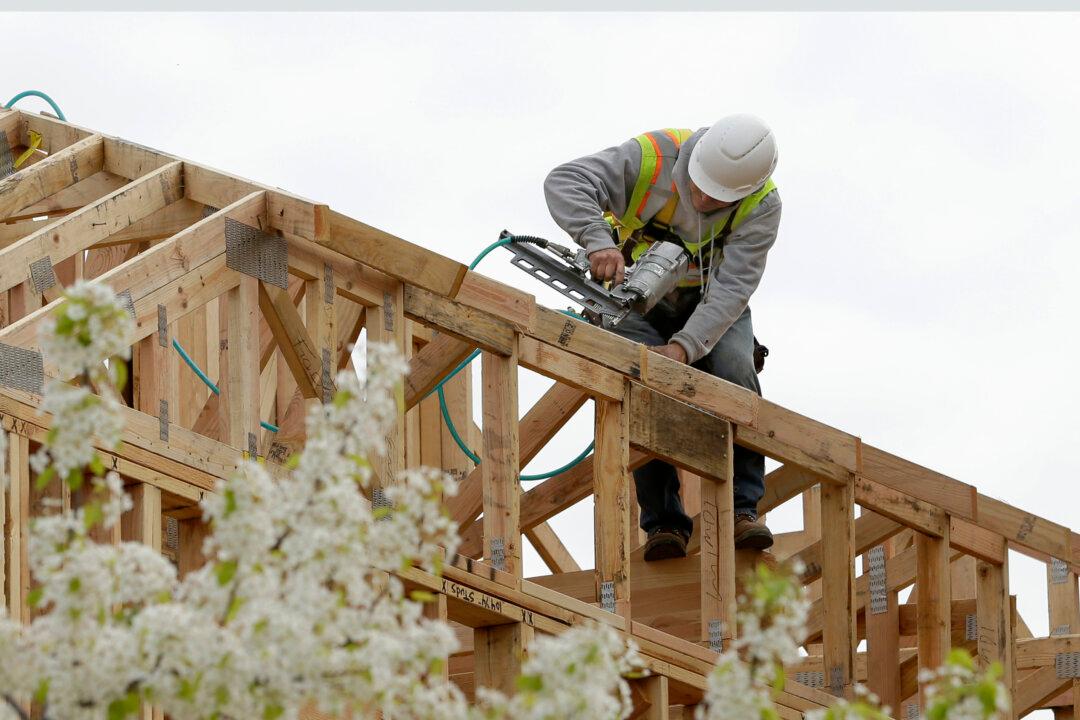Home construction saw a better-than-expected rebound in August after a contraction a month earlier, though the strength was all on the back of sharp gains in apartment building, while the single-family house sector saw declines.
Housing starts in the United States rose 3.9 percent in August to a seasonally adjusted annual rate of 1.615 million units, after falling by a revised 6.2 percent in July, according to a Sept. 21 Commerce Department report (pdf). Economists polled by Reuters expected an August rebound in housing starts to 1.555 million units.





